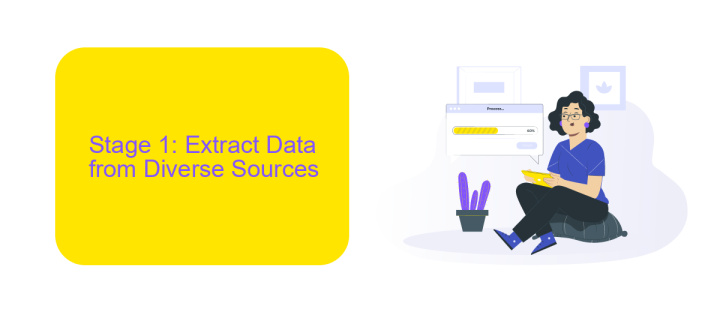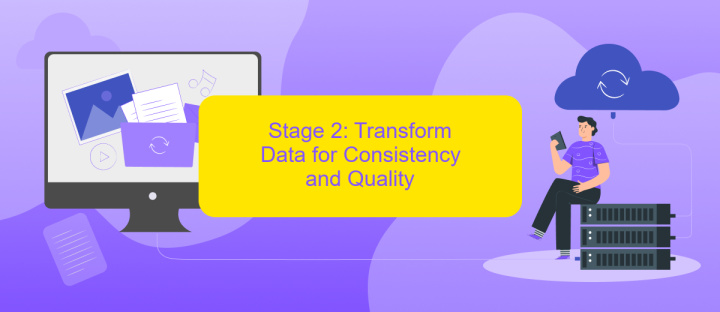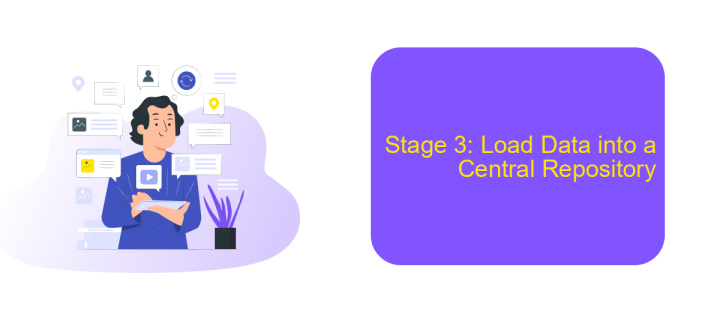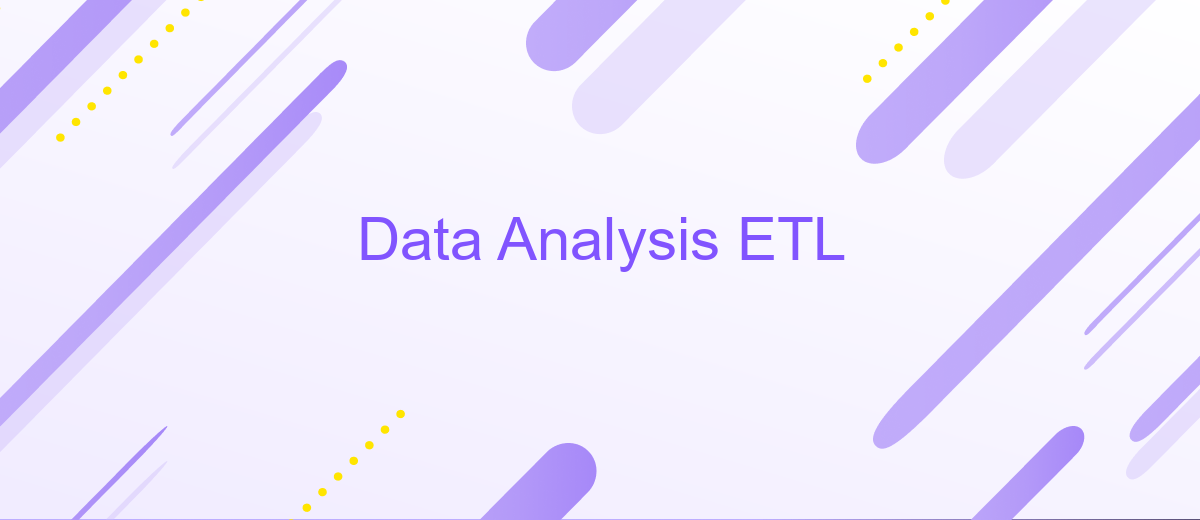Data Analysis ETL
Data Analysis ETL (Extract, Transform, Load) is a crucial process in modern data management. It involves extracting data from various sources, transforming it into a suitable format, and loading it into a data warehouse for analysis. This process ensures that businesses can make informed decisions based on accurate and timely data insights. Understanding ETL is essential for effective data analysis.
Introduction: The ETL Process in Data Analysis
The ETL (Extract, Transform, Load) process is a fundamental component in the realm of data analysis. This process involves extracting data from various sources, transforming it into a suitable format, and loading it into a data warehouse or database for analysis. ETL ensures that the data is clean, consistent, and ready for insightful analysis, which ultimately drives informed decision-making.
- Extract: This step involves retrieving data from multiple sources such as databases, APIs, and flat files.
- Transform: The extracted data is then cleaned, formatted, and transformed to meet the specific requirements of the analysis.
- Load: Finally, the transformed data is loaded into a target system, such as a data warehouse, where it can be accessed for analysis.
Integrating various data sources can be complex, but services like ApiX-Drive simplify this process. ApiX-Drive allows seamless integration of multiple data sources, automating the ETL process and ensuring that data is always up-to-date and ready for analysis. This automation not only saves time but also enhances the accuracy and reliability of the data.
Stage 1: Extract Data from Diverse Sources

Extracting data from diverse sources is the foundational step in the ETL (Extract, Transform, Load) process. This stage involves gathering data from various origins such as databases, APIs, cloud storage, and flat files. The challenge lies in the heterogeneity of these sources, as each may have different structures, formats, and access protocols. Effective extraction requires robust tools and methodologies to ensure data integrity and consistency. Leveraging automation tools like ApiX-Drive can simplify this process by enabling seamless integration with multiple data sources, thus reducing manual effort and minimizing errors.
ApiX-Drive facilitates the extraction process by offering a user-friendly interface that allows for the configuration of data pipelines without extensive coding knowledge. It supports a wide range of data sources, including popular databases, cloud services, and third-party applications. By using such tools, organizations can streamline their data extraction workflows, ensuring that data is collected efficiently and accurately. This sets a solid foundation for the subsequent stages of transformation and loading, ultimately enhancing the overall data analysis process.
Stage 2: Transform Data for Consistency and Quality

In the second stage of the ETL process, transforming data is crucial to ensure consistency and quality. This step involves cleaning, enriching, and standardizing the data to make it suitable for analysis. The goal is to address any inconsistencies, missing values, and errors that could affect the accuracy of the insights derived from the data.
- Data Cleaning: Remove duplicates, handle missing values, and correct errors.
- Data Enrichment: Enhance the dataset with additional information from external sources.
- Data Standardization: Convert data into a common format to ensure uniformity.
- Data Validation: Ensure the transformed data meets the required quality standards.
Using tools like ApiX-Drive can simplify the data transformation process. ApiX-Drive allows seamless integration with multiple data sources, automating the extraction and transformation tasks. This ensures that your data is consistently formatted and of high quality, enabling more accurate and reliable analysis.
Stage 3: Load Data into a Central Repository

Loading data into a central repository is a crucial step in the ETL process. This stage involves transferring the transformed data from the staging area into a centralized database or data warehouse, where it can be easily accessed and analyzed by various stakeholders. The central repository serves as the single source of truth, ensuring data consistency and reliability across the organization.
To load data effectively, it is essential to choose the right tools and technologies that can handle the volume, variety, and velocity of your data. Automation tools like ApiX-Drive can simplify the integration process, allowing seamless data transfer between different systems and the central repository. This not only saves time but also minimizes the risk of errors during the data loading process.
- Ensure data integrity by validating the data before loading.
- Optimize the loading process to handle large datasets efficiently.
- Monitor the loading process to identify and resolve any issues promptly.
By leveraging the right tools and following best practices, organizations can ensure that their central repository is populated with accurate, timely, and relevant data. This enables data-driven decision-making and enhances the overall efficiency of the data analysis process.
Benefits and Considerations of ETL in Data Analysis
ETL (Extract, Transform, Load) processes are fundamental in data analysis, offering numerous benefits. They enable efficient data integration from multiple sources, ensuring that data is consistent, reliable, and ready for analysis. By transforming raw data into a structured format, ETL processes facilitate easier data manipulation and interpretation, which enhances decision-making capabilities. Additionally, ETL automation tools like ApiX-Drive can streamline data workflows, reducing manual effort and minimizing errors, thus saving time and resources.
However, there are also important considerations to keep in mind when implementing ETL in data analysis. The complexity of setting up ETL pipelines can be a challenge, requiring specialized skills and knowledge. Data quality issues may arise if the transformation rules are not well-defined or if there is a lack of proper validation mechanisms. Furthermore, ongoing maintenance is necessary to ensure that the ETL processes continue to function correctly as data sources and business requirements evolve. Utilizing services like ApiX-Drive can help mitigate some of these challenges by providing user-friendly interfaces and robust integration capabilities.
FAQ
What is ETL in Data Analysis?
Why is ETL important in Data Analysis?
How often should ETL processes be run?
What are the common challenges in ETL processes?
How can I automate ETL processes?
Apix-Drive is a universal tool that will quickly streamline any workflow, freeing you from routine and possible financial losses. Try ApiX-Drive in action and see how useful it is for you personally. In the meantime, when you are setting up connections between systems, think about where you are investing your free time, because now you will have much more of it.

